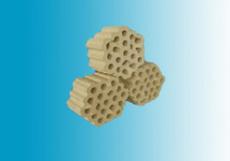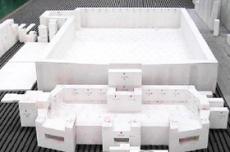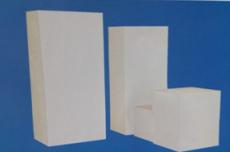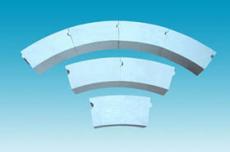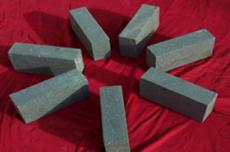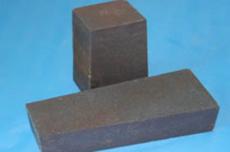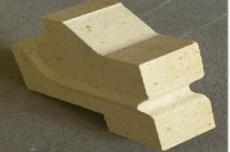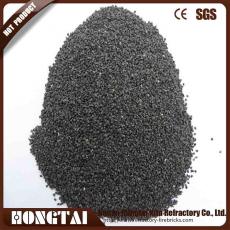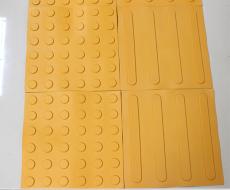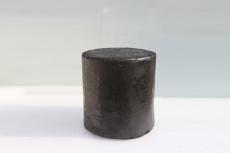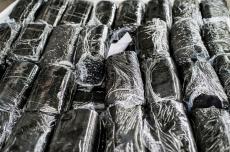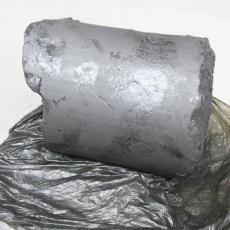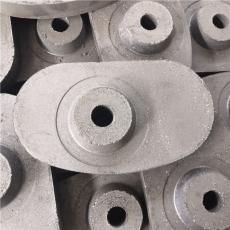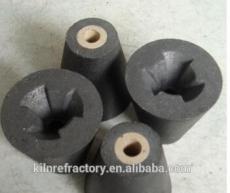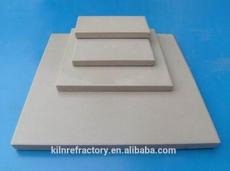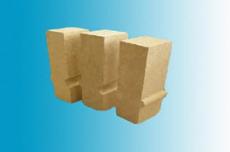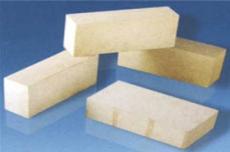
Refractory materials for heating furnaces
Furnaces are the main equipment in modern steel industry. In recent years, refractory materials for furnaces have been constantly improved, from refractory bricks to refractory concrete and refractory plastics. In fact, the application of fireproof concrete and plastic is also increasing, and their performance is also advantageous. Many companies wonder whether to use fireproof plastics or fireproof concrete in construction.
When comparing fireproof plastics with fireproof concrete, it is easy to see that fireproof plastics are superior in performance. This is especially noticeable in the following areas:
01 Fireproof plastics maintain an expansion coefficient of "0" even at high temperatures of 1300 ° C (the working temperature of the heating furnace), so no expansion joints are needed in construction.
02 Flame-retardant plastics have good resistance to thermal shock. Flame-retardant plastics can withstand the rapid cooling and heating caused by oven temperatures, and are also resistant to erosion. You don’t have to worry about the coating cracking or peeling off, even if you frequently turn the oven on and off. These figures are 3 to 6 times higher than concrete.
03 Flame-retardant plastics can be fired in a short time, which significantly reduces construction time and increases productivity, resulting in increased economic benefits.
04 Flame-retardant plastics also have high resistance to chemical corrosion. The main difference between flame-retardant plastic and concrete is the bonding method. The binders used in flame-retardant plastics are mostly neutral substances that provide high resistance to acid and alkali corrosion.
05 In construction, flame-retardant plastics offer even more benefits. Anyone familiar with fireproofing materials knows that the formwork must be supported until the concrete is poured and then removed after the masonry has hardened. This process is tedious and can cause damage to the masonry itself. Fireproof plastics use a pre-fill and mold process, which greatly reduces the risk of masonry failure or collapse.
Finally, from an economic perspective, the initial investment cost of fireproof plastics is higher than fireproof concrete, but their service life is much longer, typically exceeding 10 years. In the long run, fireproof plastics are more economical. In addition, it has better thermal conductivity than fireproof concrete, making it an excellent insulator, helping to save energy and protect the environment.
Fireproof plastics have the advantage of being less prone to chipping than concrete, more resistant to rapid heating and cooling, and have a longer service life, making them ideal for use in the top of a furnace.
Click to learn more about refractory products and related applications
